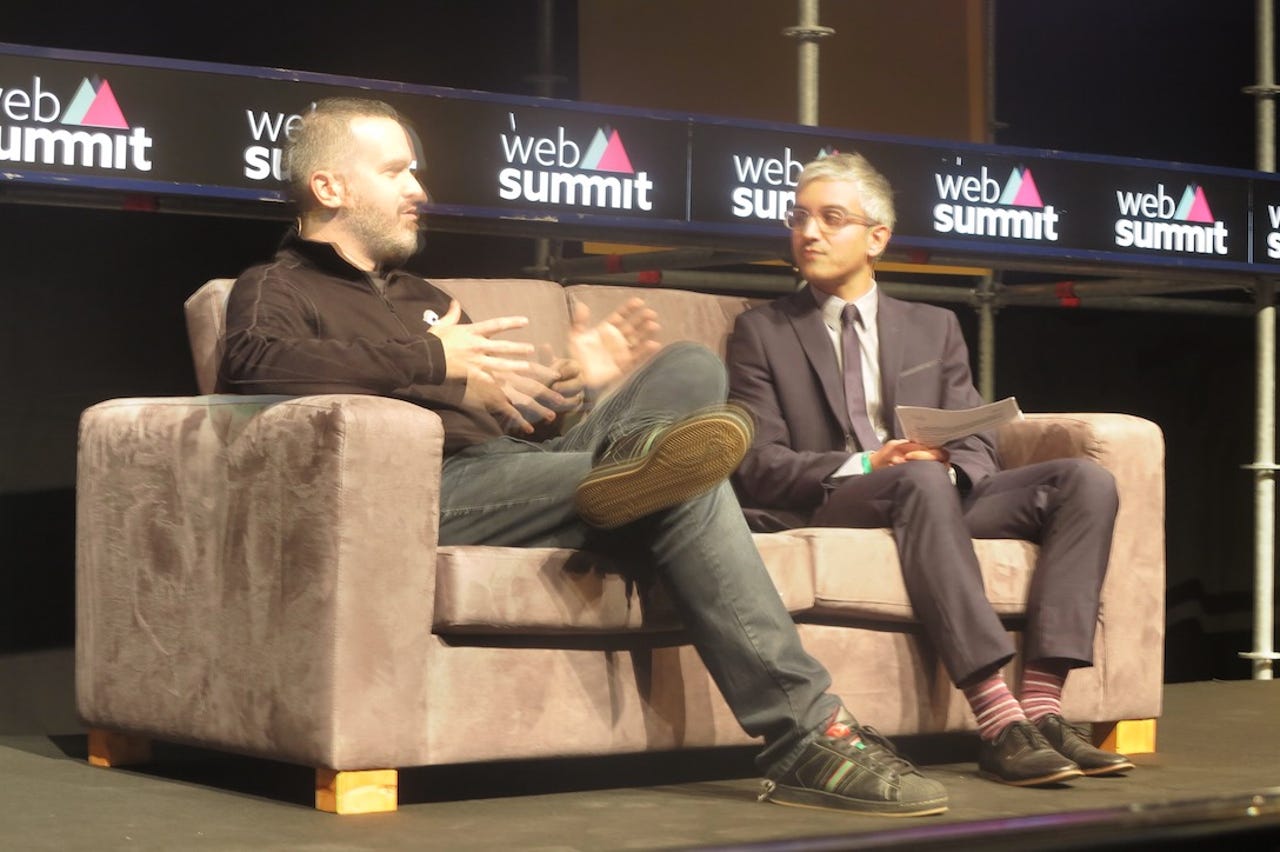You don't need automation to make smart homes secure

LISBON, PORTUGAL: The Internet of Things (IoT) doesn't have to be, and should not be, the Internet of "all things" if we are going to use our smart devices to stay safe.
According to Adam Sager, chief executive officer of smart indoor security device maker Canary, running a truly "smart" home in this day and age is not about how many smart devices you have connected to your network, whether your lights change color depending on the day or if your fridge screams at you when maintenance is needed. Instead, smart technologies should be a way to realign how we view our own homes and our own personal security.
The Internet of Things (IoT) encapsulates devices which have Internet connectivity. Ranging from embedded devices in manufacturing to home security, trackers, robot vaccums and mobile devices, the industry is relatively new but has limitless potential. We are not at the level of the Jetsons cartoon show in which a futuristic family enjoys an automatic home, and it doesn't appear that fully smart, automatic homes are a priority, either.
In other words, unless an IoT product provides more benefit than hassle to operate, people will not purchase or utilize it. For example, you could set up a smart hub which changes your television channel automatically at a certain time, but in truth, it is far easier just to reach for the remote and change the channel.
"What we are not seeing is full automaton," Sager said, speaking to attendees at Web Summit 2016 in Lisbon, Portugal on Tuesday. "Most people simply don't care."
The same applies to smart home security. It is now easy to add connectivity and levels of intelligence to devices, and as such, there is now a vast range of Internet-connected IoT security devices on offer.
Canary, for example, is a lightweight security monitor you place in your home. The device can be set to "armed," which activates recording and alerts you through your mobile device if motion or sound is detected, "disarmed," which records footage to the cloud but does not send you alerts, and finally "privacy," which turns the camera and recording off so you have privacy when you are home.
How to create a smart, connected home without spending a fortune
See also: Manything review: How to transform old devices into a home security system (hands-on)
The company's CEO says that the ethos of the product is not based in flashy gimmicks or making or connectivity, but rather, making "individuals smarter about what's happening in their environment," according to Sager.
If IoT security can provide one thing, it is peace of mind. Especially in urban areas, rental situations and apartment blocks, you may think your home is secure, but you do not actually know whether or not, for example, people may be rooting around your things while you are out. Being away from home can also be of concern and can cause worry about being burgled, but a device which alerts you when your personal privacy and security has been compromised can take this away.
Instead of making your morning coffee an automatic process, the true value in IoT and smart home products may be this peace of mind and a better understanding of your own environment and security at home. Sager may agree with this as the executive believes that within the next five to ten years, IoT and smart technology will transform our home environments as an inevitability -- but it will not be about the automaton of daily lives and processes.
Instead, Sager says that the change will be about "information and connection" to our environment. Mobile devices may support games and gimmicky apps, but their true worth lies in connectivity and connecting us to the world both in reality and online.
Perhaps home IoT will go the same way.
Disclaimer: Web Summit 2016 sponsored the trip to Lisbon, Portugal.
